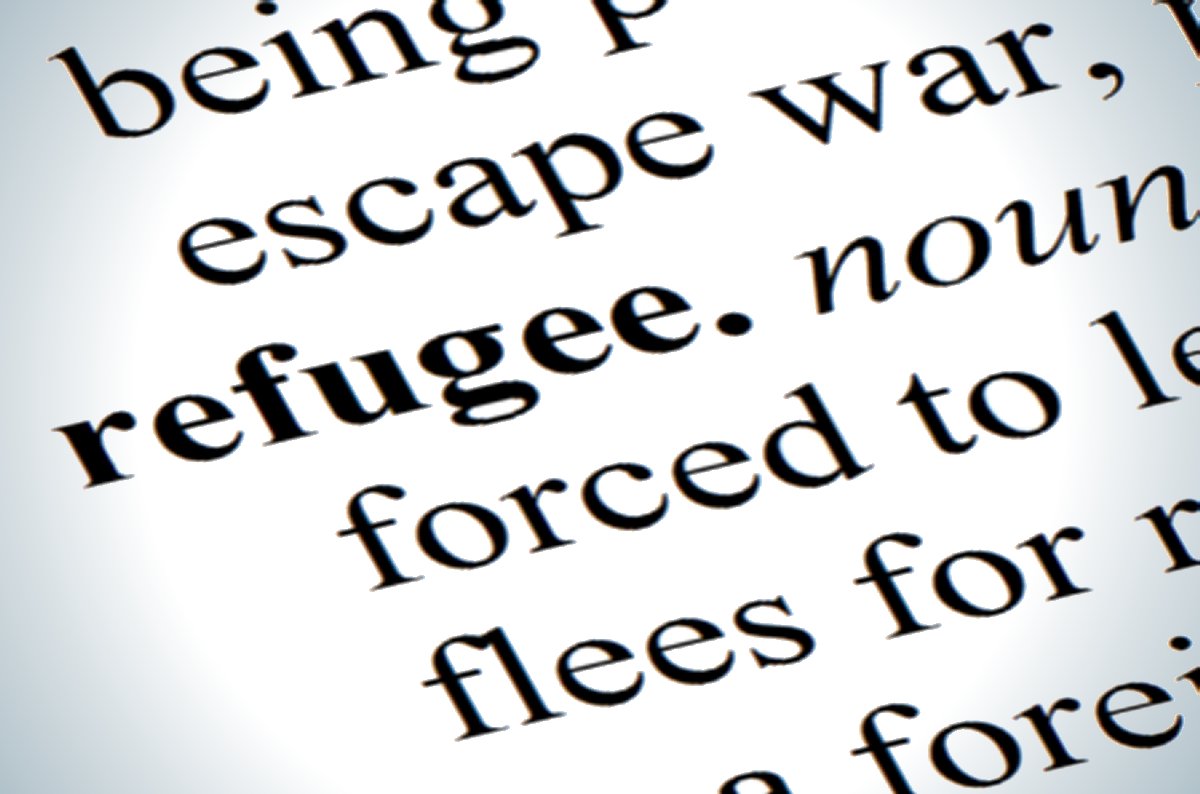"During our travels we had not only lost our few and
poorly things, we had lost our history and our identity. I was Cyrille Kabore
no more. No we were only a series of numbers. Anonymous.”
The above quote was taken verbatim from
a short film (8 minutes) by Fabio Palmieri that tells the story of a refugee,
titled “What It’s Like to be Dehumanized”. If you wish, you can watch this here (The Atlantic,
2017).
Dehumanized. The Merriam-Webster
dictionary defines this as to “deprive of human qualities, personality, or
spirit.” The video I mention above is an illustration of how one displaced
individual experiences this as he made several daunting transitions throughout
his young life. The film gives a visual analogy of “anonymous” beings as
lifeless, plastic mannequins. Unable to speak for themselves and assembled as
in a factory. Manicured by humans who had the power to paint, clean, and comb
hair while the mannequin lays lifeless. It may be natural for many to watch
this video, and mostly attribute the sorrow of dehumanization to war and
persecution. But to assume this is to miss an incredibly significant point that
this video communicates, namely, he became “a series of numbers” as he came
under the far-reaching umbrella of the humanitarian apparatus.
Photo credit: REUTERS/Mandel Ngan/Pool
Michel Agier (2011) critically appraises
the humanitarian infrastructure and the political milieus behind intervention. When
displaced persons (DPs) flee their country, they become stateless, thus are depoliticized and lose protection; they are not
recognized by the new state as a citizen. When they enter into the humanitarian
apparatus, they are labeled and thereafter managed and ‘contained’ based on
this label (i.e., asylum seeker, refugee, etc.). Agier gives a powerful
description of how DPs are dehumanized within this context. He defines dehumanization
as the “suppression of life” (p.18), and further describes it as being reduced
to basic needs to physical survival: food, water, shelter. Countless individuals
and families leave oppressive political situations to enter into a new
territory where they continue to have no voice. Many are physically kept alive,
but slowly die on the inside as their humanity is unceasingly and repetitively stripped
away. This containment and control is “a mere step…to non-existence. And a step
that can be crossed as soon as the political possibility is opened of letting
people simply die…” (Agier, 2011, p. 18).
Photo credit: odi.org
One question that Agier poses is: what
does governing the stateless mean? As of 2016, nearly 70 million people were
displaced (UNHCR, 2017). This number is enough to fill an entire country, yet
are declared stateless, politically unprotected, and subject to discrimination
and violation of human rights; currently, the humanitarian apparatus is charged
to ‘contain’ the stateless. While externally clothed with care and compassion, its
actual infrastructure and execution is marked by non-democratic regulation. Its
beneficiaries receive physical support, yet are stripped of humanity and voice
as they wait on ‘what’s next’.
Of course the most ideal solution would be
that DPs would be able to return to their home as they remembered it, without
fear of persecution or political oppression; this is not the reality for most. Countries
that are signatory to the 1951 Refugee Convention are obliged to uphold their
commitment to receive and protect the displaced who are received into their
state (UNHCR, n.d.), however, less than 1% of DP’s have been resettled worldwide
(UNHCR, 2016). Meanwhile, they surrender to endless waiting, while some (as
Cyrille Kabore did) attempt to flee their circumstance to find a better life. Millions
upon millions remain under the humanitarian apparatus.
Photo credit: Takever, Flickr
Can the humanitarian infrastructure be
held accountable? Can policies be shaped by the voices of the displaced? How is
it that the UNHCR (a non-governmental program) is charged with governing and
mobilizing the stateless? I return to Agier’s question: what does governing the
stateless mean (Agier, 2011)? The
current humanitarian situation is ever growing in capacity, yet continues to
spiral down in its execution. If (physical, emotional, spiritual, social)
humans are to be kept alive beyond ‘bare life’ (food, water, shelter), and perhaps
even thrive (given they are fleeing oppression),
the humanitarian situation must improve.
References
Agier, M. (2011). Managing
the undesirables: Refugee camps and humanitarian government. Malden, MA:
Polity Press.
The Atlantic. (2017, December 13). What its like to be
dehumanized. Retrieved from https://www.youtube.com/watch?v=zLSfk5QEz14.
Dehumanize. (n.d.). In Merriam-Webster
online. Retrieved from https://www.merriam-webster.com/dictionary/dehumanize.
UNHCR (n.d.). Convention
and protocol relating to the status of refugees. Retrieved from http://www.unhcr.org/en-us/3b66c2aa10.
UNHCR. (2017). Figures
at a glance. Retrieved from http://www.unhcr.org/en-us/figures-at-a-glance.html




No comments:
Post a Comment